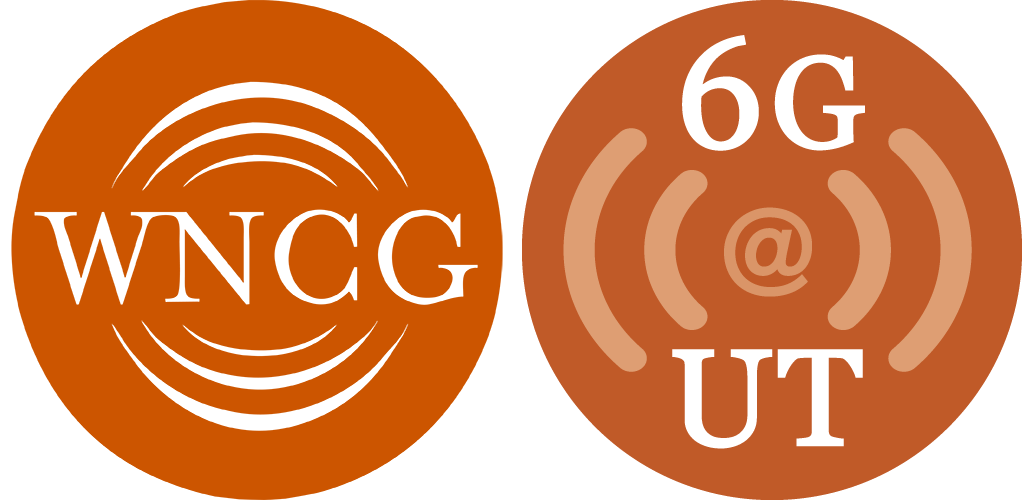WNCG student Lakshay Narula received the Walter R. Fried Memorial Award for Best Paper at the 2020 IEEE/ION PLANSx Conference. The award recognizes “substantial contribution to the technology of navigation and positioning equipment, systems, or practices” judged on criteria including technical content, innovation, importance of topic, and writing quality.
Narula’s winning paper, “Automotive-Radar-Based 50-cm Urban Positioning,” demonstrated how self-driving cars can use commercially-available, low-cost automotive radars to improve navigation.
“I really enjoyed working on this paper because it addresses an easy-to-state, yet challenging, problem on the path towards automated driving systems,” Narula stated. “It was also exciting to discover that we could combine data from sensors and hardware already available on modern cars to demonstrate accurate positioning in poor- or zero-visibility conditions.”
Narula’s research showed that robust 50-cm-accurate ground positioning can be achieved in urban areas during poor visibility situations such as a snowy whiteout. Despite the significant challenges from low-cost sensor characteristics and the urban radar environment, the developed novel technique provides the optimal solution.
Narula is part of the Radionavigation Laboratory, directed by WNCG professor Todd Humphreys, Narula’s Ph.D. advisor. Humphreys co-authored the winning paper along with postdoctoral fellow Peter A. Iannucci.
The research team's paper was selected from almost 250 submissions to this year’s program.
“As a research group, we always look forward to PLANS because it is the most academically enriching conference in our field of expertise,” Narula explained. “So, to win this award after having our work reviewed by so many of our PLANS peers is very special to us.”
According to the team’s tests, the technique maintains 95th percentile errors below 50 cm horizontally and one degree in heading when using a realistic urban data set coupled with dead reckoning—calculating current position using a previously determined position to estimate the vehicle’s change in position over time.
Narula says he plans to continue refining the method: “Our goal over the next few months is to be able to claim with confidence that we can localize our low-cost prototype to within 50 cm with no further qualifiers!”

